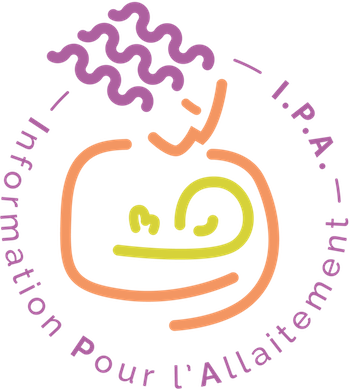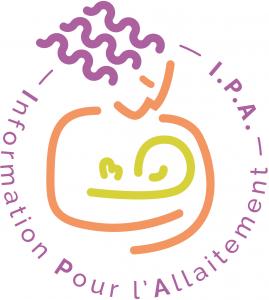Catégories
 > Psychologie Psychiatrie > Comportement et mécanisme comportemental > Comportement du nouveau-né et du nourrisson > Psychologie Psychiatrie > Comportement et mécanisme comportemental > Comportement du nouveau-né et du nourrisson
Comportement du nouveau-né et du nourrisson |
Documents disponibles dans cette catégorie (17)
 Ajouter le résultat dans votre panier Faire une suggestion Affiner la recherche
Ajouter le résultat dans votre panier Faire une suggestion Affiner la rechercheBulletin : texte imprimé
Breastfeeding Review, Vol. 26, n°3 - Novembre 2018
2018Bulletin : texte imprimé
Journal of Human Lactation, Vol. 35, n°2 - Mai 2019
2019Article : texte imprimé
Use of alcohol in moderate amounts, for example, one drink with a meal, is unlikely to harm a breastfed infant as long as breastfeeding or pumping does not take place too soon after alcohol intake. Waiting 2–2.5 hours per drink will minimize inf[...]Article : texte imprimé
Kathleen A. Marinelli, Auteur ; Helen L. Ball, Auteur ; James McKenna, Auteur ; Peter S. Blair, Auteur |Breastfeeding and the place of sleep for the mother and the infant have been controversial internationally due to reported concerns regarding infant deaths despite the known benefits of exclusive and prolonged breastfeeding, which are increased [...]Article : texte imprimé
Carlo Dani, Auteur ; Alessandra Cecchi, Auteur ; Arianna Commare, Auteur |Background: Early skin-to-skin contact (SSC) significantly increases the breastfeeding rate in healthy term infants. Objective: This study aimed to confirm previously described behavioral sequences during SSC. Methods: We recorded live [...]Article : texte imprimé
Anne M. Williams, Auteur ; Caroline Chantry, Auteur ; Eveline L. Geubbels, Auteur |Background: Appropriate infant feeding is a persistent challenge for human immunodeficiency virus (HIV)-infected mothers in sub-Saharan Africa. Objective: This study aimed to describe correlates of infant feeding among HIV-infected mothers [...]Article : texte imprimé
Samantha Turner, Auteur ; Jessica Mayumi Maruyama, Auteur ; Alicia Matijasevich, Auteur ; Maria Pastor-Valero, Auteur |Aim: To assess the current scientific evidence about the relationship between breastfeeding and the development of infant's socio-emotional competencies. Materials and Methods: A systematic review of literature was conducted through PubMed, L[...]Article : texte imprimé
Mohammad Heidarzadeh, Auteur ; Hakimi Sevil, Auteur ; Abbas Habibelahi, Auteur |Background: Exclusive breastfeeding is the single most cost-effective intervention to reduce infant mortality. Breast crawl (BC) is deemed a natural way for the baby to behave immediately after delivery. BC is the method that may help initiation[...]Article : texte imprimé
Feng Zhang, Auteur ; Jing Cheng, Auteur ; Shuhan Yan, Auteur |Objective: To explore the relationship of early breastfeeding behaviors after Cesarean section (CS) to long-term breastfeeding outcome. Materials and Methods: A total of 648 healthy breastfeeding primiparas (333 delivered by CS, and 315 by va[...]Article : texte imprimé
Ying Wang, Auteur ; Carrie E. Briere, Auteur ; Wanli Xu, Auteur |"Background: Preterm mother-infant dyads often face many obstacles to breastfeeding. Preterm infants are at highest risk for low rates of exclusive breastfeeding. Research Aim: To determine the prevalence of breastfeeding at 6 months among [...]Article : texte imprimé
Meagan E. Mathews, Auteur ; Esther M. Leerkes, Auteur ; Cheryl A. Lovelady, Auteur |Background: Many US women fall short of meeting the recommendations on breastfeeding. Whereas prenatal demographic factors have been well researched in relation to breastfeeding, psychosocial maternal characteristics are less understood but cou[...]Article : texte imprimé














